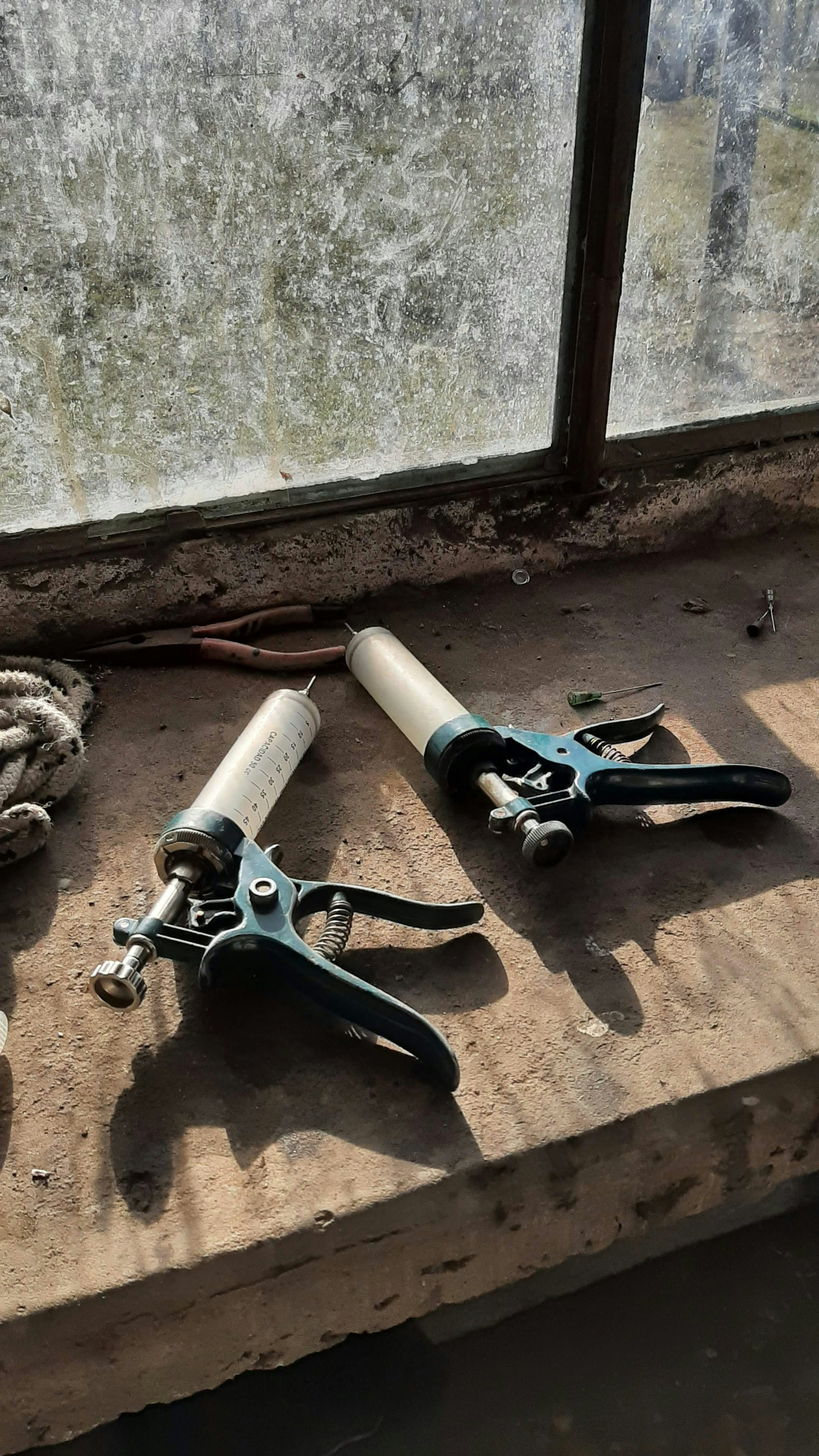Understanding the Importance of Caulking in Indiana
In Indiana, the climatic conditions vary significantly between seasons, with fall marking the transition towards long, cold winters. During this period, it becomes imperative for homeowners to ensure that their properties are adequately prepared to withstand the impending challenges posed by low temperatures and moisture. Caulking, a commonly overlooked aspect of home maintenance, plays a crucial role in weatherproofing spaces, particularly in protecting against drafts and moisture ingress throughout the winter months.
Effective caulking acts as a sealant to fill gaps and cracks around windows, doors, baseboards, and other vulnerable areas susceptible to air leaks. By forming an airtight barrier, it prevents cold air from infiltrating the interior of the home, thereby enhancing indoor comfort. In Indiana’s chilly winters, maintaining a consistent, warm environment is essential not only for personal comfort but also for overall energy efficiency. Properly applied caulking minimizes the workload on heating systems, which can lead to notable reductions in energy consumption and heating costs. The economic benefits of caulking extend well beyond mere comfort; they encapsulate significant savings over the winter months.
Furthermore, preventing moisture ingress is a vital aspect of caulking during the fall. In Indiana, internal humidity combined with outdoor cold can create conditions that promote the growth of mold and mildew. By employing effective caulking techniques, homeowners can mitigate the risks associated with dampness. This preventive measure not only promotes a healthier living environment but also preserves the integrity of building materials. In summary, the importance of caulking in Indiana cannot be overstated. It serves as a formidable line of defense against the adverse effects of winter weather, ensuring that homes remain energy-efficient and comfortable throughout the colder months.
Choosing the Right Caulk for Fall Weatherproofing
When it comes to fall weatherproofing, selecting the right caulk is crucial for ensuring long-lasting protection against the elements throughout the winter months in Indiana. The market offers a variety of caulking materials, each designed for specific applications and conditions. The most common types of caulk include silicone, acrylic, and latex, each with its own advantages and disadvantages.
Silicone caulk is highly regarded for its flexibility and durability. It forms a watertight seal that is resistant to moisture, making it an excellent choice for areas exposed to heavy rain or snow. Additionally, silicone is not easily painted, which may be a drawback for those looking to match the caulk color with their surfaces. However, its excellent performance in extreme temperatures makes it a popular option for weatherproofing.
Acrylic caulk, on the other hand, is user-friendly and paintable once dry, making it suitable for interior applications where aesthetics are essential. This type of caulk typically dries quickly and is easy to clean up with water, but it may not provide the same degree of waterproofing as silicone. Therefore, while acrylic caulk is advantageous for less severe areas, its performance in heavy rain or fluctuating temperatures may not be as reliable.
Latex caulk blends the benefits of both silicone and acrylic, offering ease of use and paintability while providing a decent seal against air and moisture. Its flexibility allows it to expand and contract with changing temperatures, but it may not hold up as well in extreme weather conditions. Hence, if one seeks a balance, latex caulk can be a suitable option for fall weatherproofing if applied in less exposed areas.
In conclusion, choosing the right type of caulk involves evaluating specific circumstances and identifying which material aligns best with your needs. By understanding the differences between silicone, acrylic, and latex caulk, you can make an informed decision to ensure your home remains protected from the harsh winter conditions typical of Indiana.
Step-by-Step Caulking Process for Maximum Effectiveness
Proper caulking is essential for effective weatherproofing in the fall, especially in states like Indiana, where harsh winters can take a toll on homes. To begin the caulking process, clear the area of any debris or obstructions. Preparation is critical for ensuring that the caulk adheres correctly and provides a reliable seal against the elements.
Next, clean the surfaces where caulk will be applied. Use a putty knife or scraper to remove any old, cracked caulk, as well as dirt, dust, or grease. A clean surface allows the new caulk to create a better seal. It’s advisable to use a suitable cleaning solution and allow the area to dry completely before proceeding.
Once the surfaces are prepared, you can select the right type of caulk for your project. There are various types of caulk available, including latex, silicone, and polyurethane, each designed for different applications and conditions. For most weatherproofing tasks, a high-quality silicone caulk is recommended due to its durability and flexibility.
When ready to apply the caulk, cut the nozzle at an angle to create a small opening, which allows for controlled application. Apply steady pressure on the caulking gun to dispense a continuous bead of caulk along the seam, filling it uniformly. Make sure to apply enough caulk to provide an adequate seal without overflowing or creating a mess.
Once the caulk is applied, smooth it out using a caulk-smoothing tool or your finger dipped in soapy water. This step ensures that the caulk adheres properly and looks neat. Allow the caulk to cure for the recommended time as per the product instructions. Additionally, avoid common mistakes such as applying caulk in cold weather or failing to allow adequate drying time, as these can compromise the integrity of the seal.
Maintaining Your Caulked Areas: Tips for Longevity
To ensure your caulked areas withstand the challenges of winter, regular maintenance is essential. Over time, caulking can wear down due to exposure to the elements, especially in regions like Indiana, where winters can be harsh. A proactive approach to inspect caulked areas can drastically extend their longevity and efficacy in preventing drafts and moisture intrusion.
Start by examining existing caulking for signs of wear, such as cracks, peeling, or gaps. These indicators suggest that the integrity of your sealant may be compromised, warranting immediate attention. In some cases, a simple touch-up or reapplication of caulk may suffice. Always use high-quality products designed for specific applications, ensuring that they offer maximum durability against both moisture and temperature variations.
It is advisable to conduct inspections at least twice a year, ideally in the spring and fall. This preventive measure allows homeowners to identify and address issues before winter sets in. Besides caulking, consider complementary weatherproofing strategies such as installing weather stripping on windows and doors. This additional layer provides extra insulation and protects against drafts, effectively enhancing your home’s energy efficiency and overall comfort during colder months.
Furthermore, maintaining the exterior of your home is crucial. Regularly check your roof, gutters, and siding for debris or damage, as these can lead to moisture buildup and compromise your caulked areas. Promptly addressing any issues can minimize further deterioration. The synergy of these maintenance practices not only prolongs the life of your caulking but also fortifies your home against winter’s frigid temperatures and potential leaks.
In conclusion, diligent maintenance coupled with awareness of signs of wear can ensure your caulking remains effective throughout the winter and beyond. By incorporating regular inspections and additional weatherproofing measures, you can create a robust defense against Indiana’s challenging weather conditions.
If you’re interested in purchasing the item you seek, please click the link for additional details: #americanachoice.
https://amzn.to/3SBN3Oy
AFFILIATE DISCLOSURE: I am an affiliate for this company, I am not a paid employee.
I may receive a commission if you click a link on this page and choose to purchase something.
You can rest assured I will only share things I believe in and will be valuable to you.



